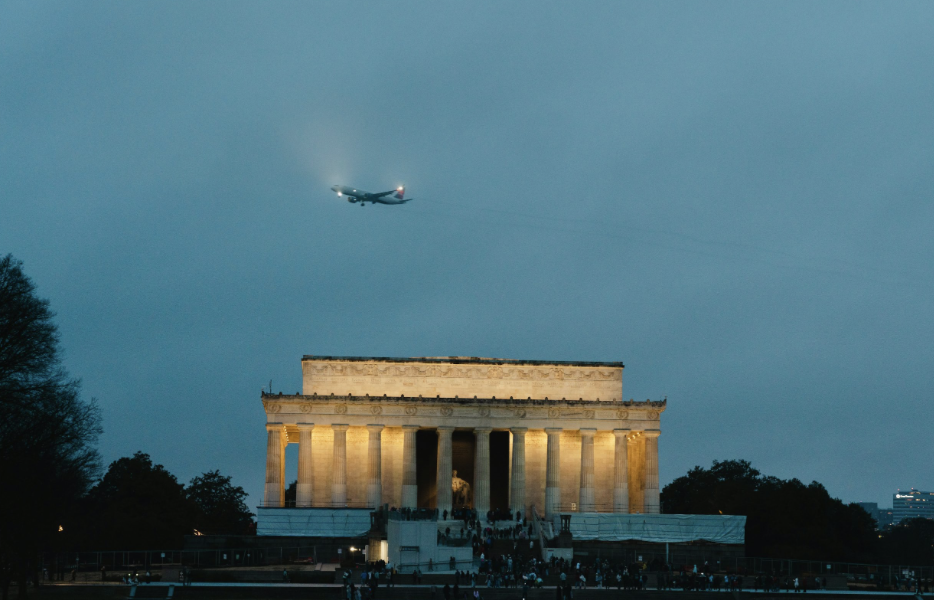Washington Reagan Airport is one of the country’s busiest air travel hubs, serving countless destinations across the country and beyond. In 2024, Reagan Airport processed over 25 million passengers, marking a record year for the renowned facility. This airport is one of the major bastions of American air travel and makes up an integral part of Washington’s infrastructure, connecting the metropolis to the world. But this facility is not without its problems. In fact, I think it should be closed. permanently. Here’s why:
Reagan Airport is simply a safety hazard, not to mention an extreme annoyance to Washington residents. A recent FAA report has documented over 30 investigations of aircraft near-miss incidents at Reagan since 1987, with hundreds more, less severe, incidents as well. Unfortunately, on a cold January night just this year, one of these incidents turned deadly.
2025 Potomac River Mid Air Collision
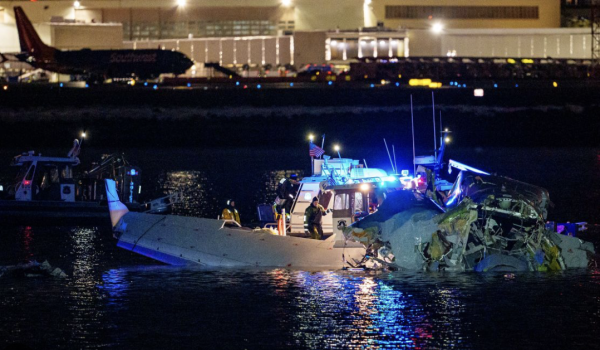
As an American Eagle regional jet was approaching Reagan’s runway 33 on the evening of January 29, 2025, it was involved in a tragic midair collision with a United States Army Black Hawk helicopter. All 67 souls on both aircraft perished in the tragedy, some of them being young ice skating champions on their way to tournaments in the D.C. area. This event raised questions about the safety of the airport and further emboldened experts that already believed that Reagan should be closed. It also raised important questions about aviation safety, as there hadn’t been a major commercial aircraft crash in the United States since 2009. Many viewed a crash at Reagan as being unfortunately inevitable. After years of near misses and close calls, something like this was bound to happen. This crash is a complicated topic, as there are many contributing factors to the cause of the crash. One of them is the dangerously complicated airspace around the airport, which is packed full of both commercial and military aircraft. Another reason why this crash occurred, is the last minute runway change that the American Eagle CRJ-700 received from the air traffic controllers. Rather than continuing straight into Reagan’s main runway, the aircraft was rerouted to take a sharp turn to line up with one of the other runways. An approach (the phase before landing, in aviation) like this one is unique to Reagan. No other airports in the United States have an approach as complicated and dangerous. It is possible that this was one of the main reasons that the plane collided with the helicopter.
Reagan’s Congested Airspace and Complicated Approach
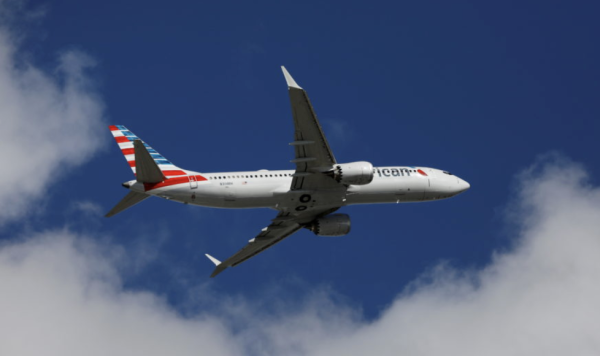
Secondly, Reagan Airport should be closed because of its congested and unsafe airspace. Reagan handled over 25 million passengers last year, a record for the airport. In fact, Reagan Airport handled almost as many passengers as its neighbor Dulles International Airport, despite the fact that Dulles is a much larger airport with more than five times the land area. This brings into question, should Reagan, a relatively small airport with a complicated approach, have so many flights? The answer is simply no. Reagan has only three runways, of which the longest is only 8,000 feet long, compared to the national average of 10,000 feet for major airports. Meaning, even the longest runway at Reagan Airport is shorter than average. This in turn increases workload for both pilots and air traffic controllers, which increases the probability for mistakes and accidents. Furthermore, the other two runways both intersect the main runway, so if there were two different planes taking off or landing at the same time, they could potentially collide, or come close to colliding. Near collisions like this are frequent at Reagan. Additionally, the approach to Reagan Airport is the most complicated in the country, demanding extra attention from the pilots as they fly through the notorious ‘helicopter alley,’ where the planes come close to military traffic. In all, both the complicated approach and airspace, and the multiple intersecting runways, make Reagan into a very stressful airport, for both the pilots and the air traffic controllers, heightening the risk for a mishap.
Noise Pollution in Central Washington
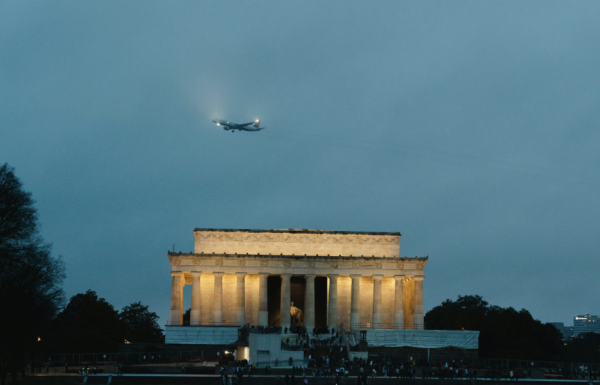
Another reason why Reagan Airport should be closed is its excessive noise pollution. Imagine this, somebody is walking around the National Mall, trying to mourn a lost relative at the World War Two memorial, and then out of the blue, an Airbus A320 screams by at 500 feet. This is just plain annoying to say the least, but is an unfortunate reality for many Washington residents, who have to live with the constant aviation noise. One could argue that there is plane noise in every city, but Reagan Airport is special because no other city in the United States has an airport that is only 3 miles away from the Downtown. Thus, more noise than other cities has been reported, impacting nearby residents. There really is no fix for this other than to completely close the airport. Or to significantly reduce the number of flights coming to it. Additionally, as reported by Arlington Now, after January’s crash, many of the Army and Police helicopters have been rerouted over Arlington, further heightening the aviation noise footprint around Reagan and adjacent areas.
Also, another reason why the noise pollution at Reagan is bad is because of its impact on the National Mall. The National Mall is the center of America, the beating heart of our nation. It should be a place of solemn remembrance, especially around the war memorials. But, instead of a quiet and peaceful area, it is filled with constant airplane noise, as an aircraft careens by every five minutes. It is the one disruptor in an otherwise beautiful place of remembrance.
Alternatives To Reagan
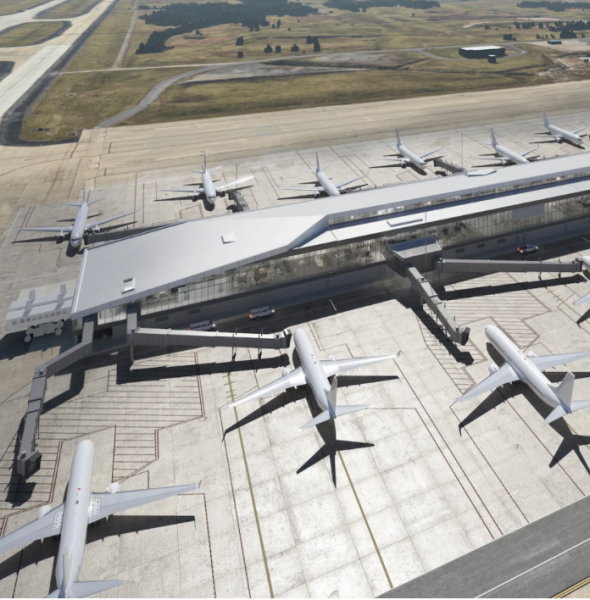
Thankfully, if Reagan were to be closed, there are plenty of alternative airports to accommodate its flights. The most obvious of these is the massive Washington Dulles International Airport, located around 25 miles west of central Washington. This airport could easily accommodate twice its current passenger numbers already, and it has plenty of space to expand further. Room to expand is something that Reagan does not have. There is already another terminal under construction at Dulles, and once it is completed, it will add 14 new gates to the airport, allowing for 520,000 more flights per year. But Dulles could expand more than this. Because the airport sits on a large, flat piece of land, Dulles could accommodate up to 3 more runways, in addition to the 4 that already exist. There really are endless possibilities for expansion. Furthermore, there are other airports in the region that can support further expansion and more passengers as well. For example, Manassas Regional Airport has recently gained approval from the FAA to start commercial flights, albeit only with regional planes. A small terminal is under construction. Once completed, the regional airport could support up to 10 flights per day, with the possibility of more once the airport is further developed.
There are some concerns about closing Reagan, but most of them are simply because people do not want to drive for longer distances to reach Dulles. From any place in the Washington region, Dulles is no more than one hour and thirty minutes away. While Reagan is closer to most of the population, there still can be significant traffic delays. Closing Reagan would be a massive undertaking, costing millions of dollars and requiring significant planning, but in the long term it would be profitable. And the bottom line in aviation is always, unconditionally, safety. Safety is something that Reagan lacks.


























